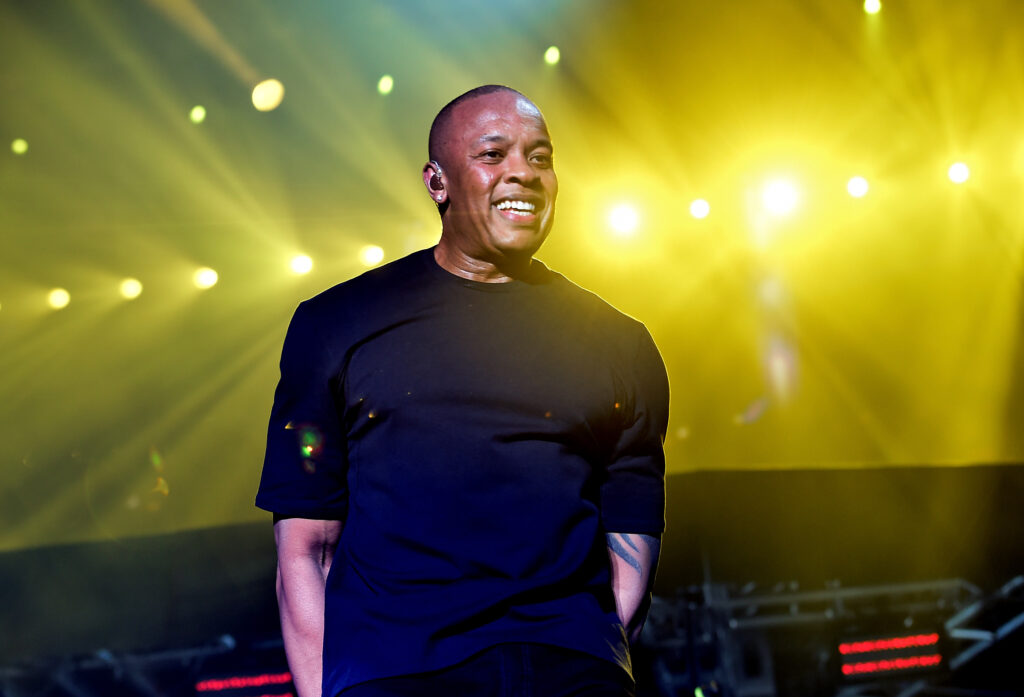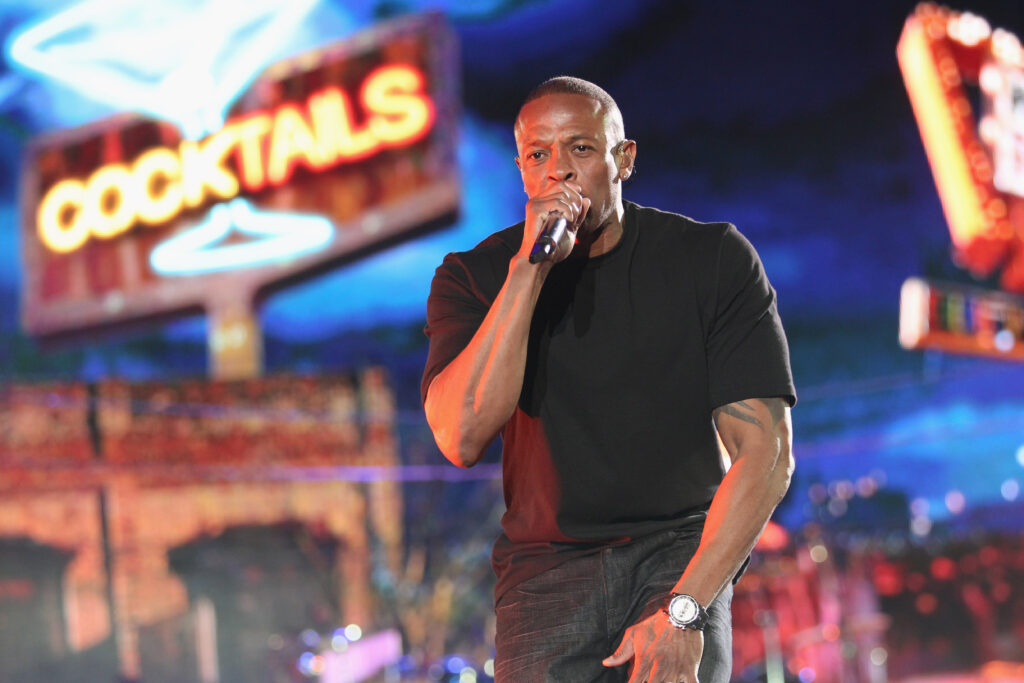
On the latest episode of the Collect Call From Suge Knight podcast, the former Death Row Records CEO explains how he acquired illegal weapons for N.W.A. co-founder and music mogul Dr. Dre, but the said acquisition landed him behind bars on federal gun charges.
Suge talked about a convo with an unnamed person about getting guns for Dre and Snoop during the 1993 The Chronic Tour, saying, “I stopped Dre from getting a lot of time for beating up a gang of bitches and all the shit he was doing that made me… you know. My fed case is behind Dre. If I had to do it all over again I still would do it again because that’s the kind of man I am. The other person, I don’t keep it 1,000 and keep it gangsta because of the next muthafucka, I keep it because that’s my DNA.”
He continued, “So what ended up happening in that situation, a guy called me and said, ‘Hey, Dre want this type of gun. Snoop want this type of gun. Y’all getting ready to go on The Chronic Tour?’ I said, ‘Yeah.’ [He said], ‘What kind you want?’ [I said], ‘I don’t need one.’ He adds, “I gave him the business manager number. The guy calls the business manager. The business manager wires the money for Dre’s guns to a guy who will give him the guns. A year or two later, on my birthday, they arrested me. The feds.”
“I go to court, David Kenner come and see me,” he said. “He shows me that, ‘Hey, [you] can get out, but Dre gon’ do the time, because his business manager is the one that got the money. He can do the time. He [inaudible] behind the shit.’ I said, ‘Fuck it, could you get him probation?’ David Kenner said, ‘Probably not.’ He said, ‘Maybe.’
“I said, ‘Tell you what: either try to get me probation, or if I gotta do a year or two, these muthafuckas better be in the studio working.’ So I got David Chesnoff out of Las Vegas representing me also because that’s where he was from. I got probation, which I end up doing time for that. Had nothing to do with me. So I don’t regret doing anything for people [I] fuck with, ’cause that’s what you supposed to do.”
Suge is currently doing a 28-year stretch for the 2015 murder of Terry Carter on the set of Straight Outta Compton. Knight will be eligible for parole in 2034.
The post [WATCH] Suge Knight Says He Took The Charge For Dr. Dre In Federal Gun Case first appeared on The Source.
The post [WATCH] Suge Knight Says He Took The Charge For Dr. Dre In Federal Gun Case appeared first on The Source.




